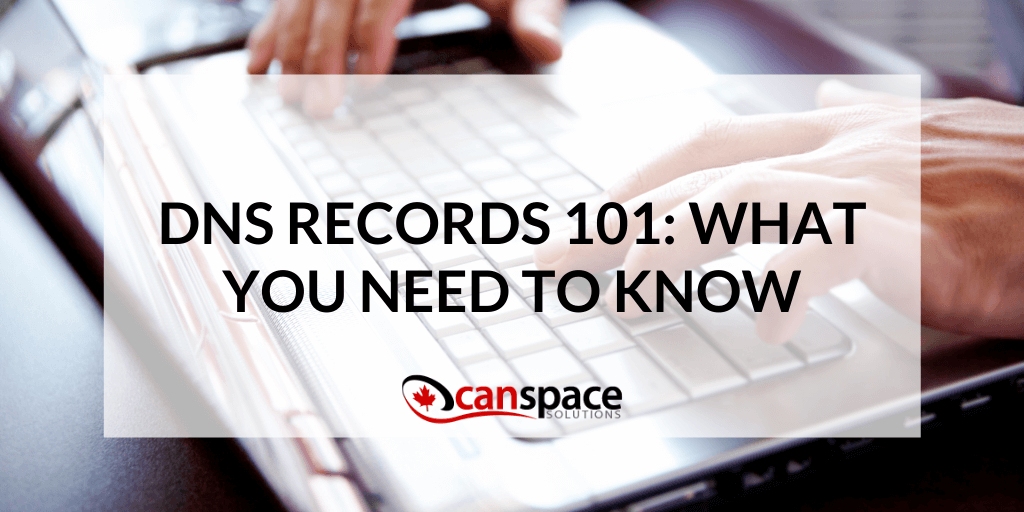If you’re running a website, you need to understand DNS records. DNS stands for Domain Name System, and it’s responsible for translating domain names into IP addresses. Your DNS records control where your website is hosted and how it’s accessed — a pretty important thing. Here is everything you need to know about DNS records.
Common DNS Record Entries
The A Record
Your website exists on a server somewhere, which is assigned an IP address — a numerical record that enables other computers to contact that server. An IP address looks like this: “74.125.224.147”. This kind of organization makes perfect sense, but IP addresses are hard to remember. That’s where a domain name enters the picture. The A record, also known as Address Record, is the piece of DNS syntax that links your domain to your IP address, so that when someone types in “Google.com,” the browser knows to contact the IP range we used as an example above.
CNAME
Canonical “CNAME” names are used to direct domains to another domain or subdomain. A CNAME record always points to a domain, making it distinct from A records. CNAME records help users find your site if they miss a domain element like “.blog” or “shop.” This is helpful as websites grow and change A records, because the CNAME does not have to be changed afterward, only the A record. So, if your website has to move IP addresses, the DNS lookups will still point to your domain or subdomain, as long as your A record is updated.
Mail Exchange (MX)
Mail Exchange records are used to direct mail to appropriate subdomains using the simple mail transfer protocol (SMTP). MX records must always point to an A record, to ensure transfer protocol is adequate.

TXT
Text (TXT) records are often used by admins to insert information into the DNS records, in the form of text strings. TXT records also help to establish ownership or authority of domains, by providing more information through access. They are also used to create records that can be used for email verification.
Nameserver (NS)
Nameserver (NS) records are used to point to the authoritative server of the domain queried. They point to where the DNS records are stored. Improper NS records can inhibit user access to your site.
How to change your DNS records
You will need to access the DNS zone. If you are a web hosting client of CanSpace, then your DNS records would be edited by clicking the “Zone Editor” icon inside of your cPanel. If you are a domain-only client, then you would edit your DNS records by using our DNS Manager – which can be accessed in our client area under the Domains tab.
When to change DNS records
Since your DNS records are your online address, your digital storefront, you can imagine that when something goes wrong with them, that could really adversely impact the functionality of your website. Whenever you change hosting providers or email providers, it’s likely that you would need to update your DNS records accordingly.
We are dedicated to your success and the success of your site. With CanSpace, 24/7 website monitoring and protection is included. We offer a suite of premium partnership services to help you manage all aspects of your sites, from the DNS Zone to payment gateways. If you are just beginning your journey, or are a seasoned website professional, register your domain name with CanSpace!











